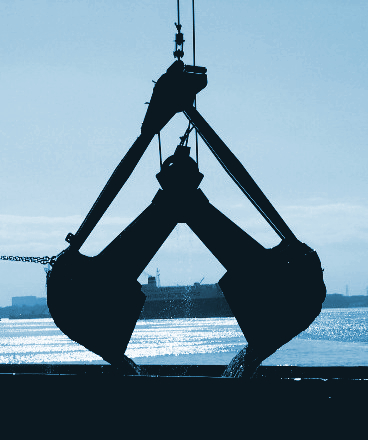Tollway report lays out issues
 An environmental report suggests Sydney's planned Western Harbour tollway will expose some north shore and inner-west residents to heavy construction noise, and produce a “plume” of toxic sediment in Sydney Harbour.
An environmental report suggests Sydney's planned Western Harbour tollway will expose some north shore and inner-west residents to heavy construction noise, and produce a “plume” of toxic sediment in Sydney Harbour.
ABC and Fairfax say the study was prepared for the NSW Government for the $14 billion project.
Consultants reviewed a number of routes and concluded the route that was selected as the preferred one by the NSW Government would deliver the most time savings to commuters and the least disruption to local residents, but came with environmental concerns including:
- Noise impact on residents in Balmain, Pyrmont and Rozelle
- The need to dredge and remove half-a-million tonnes of contaminated sediment
- A likelihood of creating toxic “plumes” of water that could impact aquatic life
- Potential impacts on recreational harbour users, shipping and tourism.
Reports say a full Environmental Impact Statement (EIS) is being prepared for the Government.
The EIS is expected to be released for community consultation later this year, along with final project costings and various toll options.
The tollway will run primarily underground, with two undersea crossings near Balmain and Seaforth created from concrete tubes laid on the harbour floor.
The document also reviews plans for a casting plant to be built on wharves at White Bay to fabricate large concrete sections for the undersea tunnels.
The 25,00 square metre plant will generate industrial noise and vibrations for up to 12 hours a day.
The modelling suggests the plant will create a “noticeable” noise impact for residents in Balmain, Pyrmont and Rozelle.
The study warns that “property buy-outs” and relocation of “worst-affected residents” may be necessary if serious long-term noise cannot be mitigated at construction sites.
The study also covers potential environmental risks posed by undersea construction.
The removal of toxic sludge is a particular concern, with over half-a-million cubic metres of contaminated sediments having to be excavated by dredging teams, most of it around White Bay.
The sediments can include carcinogens such as PCBs and dioxins, and heavy metals.
Contaminants are of lesser concern are expected too, including heavy metals, pesticides, and tributyltin - a chemical used in shipworks.
Disposal options include dumping the sludge offshore, disposing of it by land, or burying it in “deep holes” within Sydney Harbour.
The report also warns dredging at Middle Harbour and near Birchgrove could create a “plume” of contaminated water, that could drift several kilometres to near popular waterfront areas.
The report recommends silt curtains — large, industrial screens of fabric — be used to help reduce the plume during dredging.
It says sailors and snorkellers could face “increased turbidity may have adverse aesthetic and health and safety impacts on those users”.
The review also found that over 70 threatened species could be put at risk by the project, including fragile seagrasses, the critically-endangered black cod, dolphins, sea turtles, penguins and the habitats of many species of juvenile fish.







 Print
Print